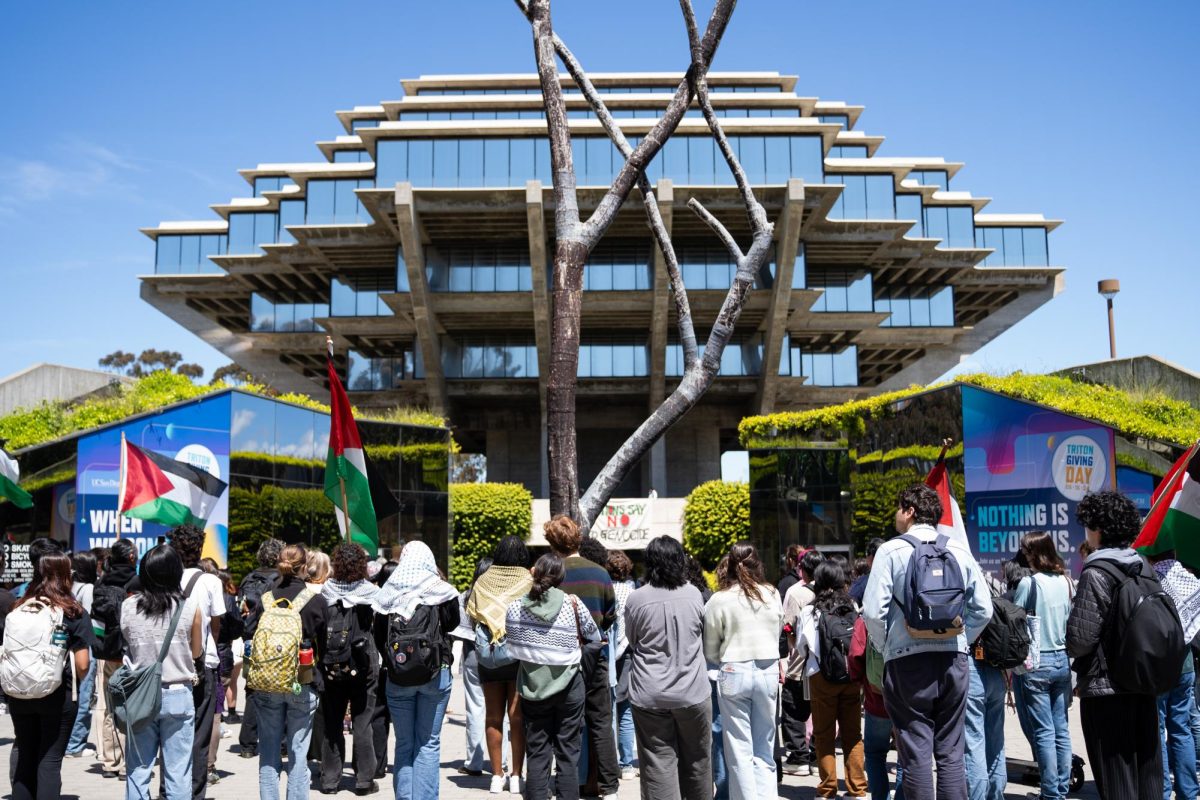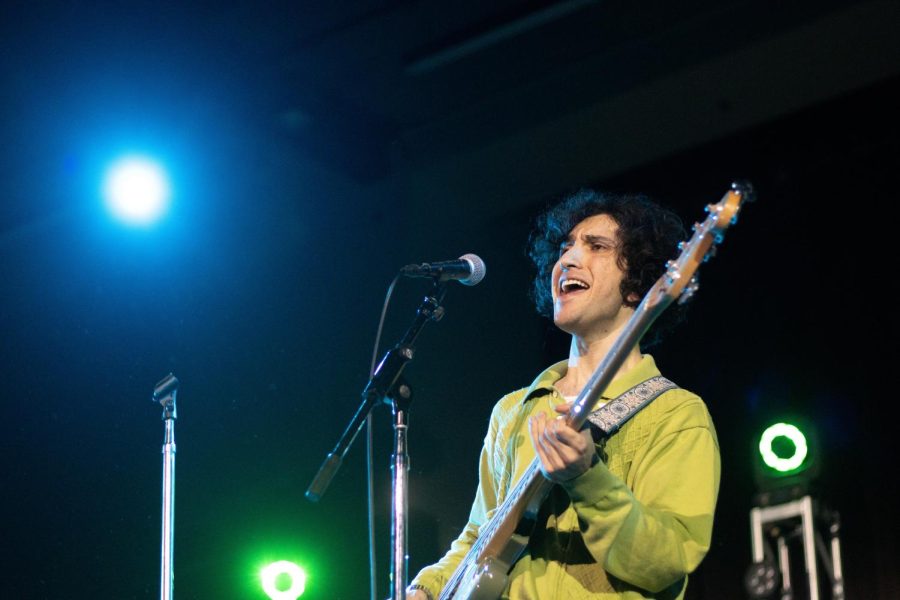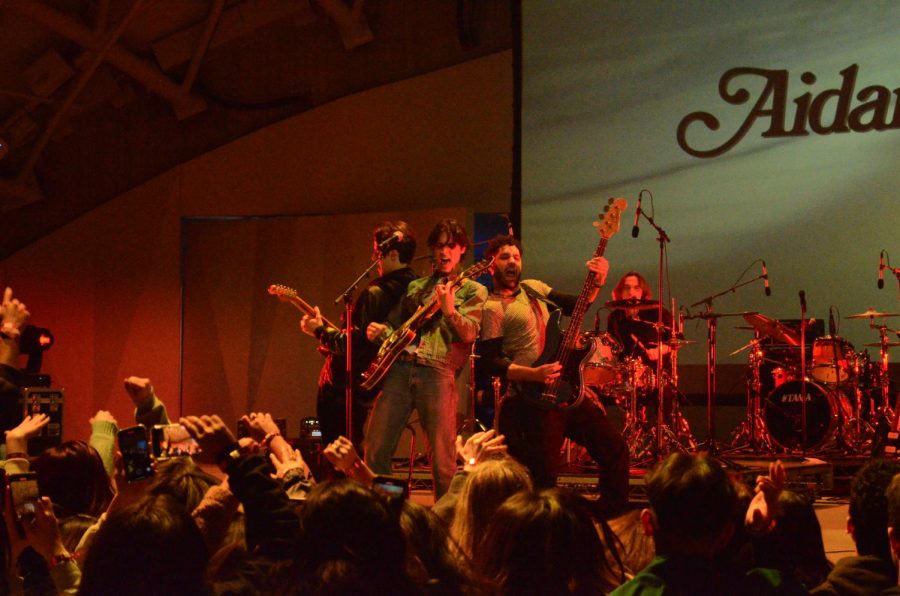UC President Robert C. Dynes has approved a plan to raise an estimated $7.2 million to destroy and rebuild University House, which serves as a residence for the UCSD chancellor. The decision, however, has raised concerns over the cost and archaeological impact of such construction.
Dynes made the decision after an advisory committee evaluating the condition of the estate recommended that the house be destroyed and rebuilt.
“There were two viable options: restore the existing structure, which would be horrendously expensive, or rebuild the house,” said Anthropology professor Donald Tuzin, who served on the advisory committee.
According to Tuzin, attempting to restore the existing structure would have only led to further problems in the future.
“Considering the condition of the electrical or heating, God knows what we would have been facing,” he said.
The UC Office of the President has pledged at least $1 million for the reconstruction, while the rest of the funds are to be raised by the university from private entities.
“We are raising the funds privately so we don’t take money away from any other source,” Vice Chancellor of External Relations James M. Langley said. “We have to take action, and it’s better not to take funds out of the UC [system].”
However, with the university facing a state budget crunch, members of the university’s clerical union have expressed concern over the estimated cost of reconstruction.
“It’s elitist,” said Denise Mitchell-Carignan, vice president of the Coalition of University Employees. “[The chancellor] is a public official at a public university … and should not be asking for special treatment over any other public official.”
According to Tuzin, the chancellor has no say in the matter.
“It is a recommendation made by the president,” he said.
Proponents of reconstruction have said that it will also provide a source of community fundraising and cohesion.
“The function is above and beyond that of the chancellor,” Langley said. “It is used for the entertainment of VIPs, it’s central to raising funds and key for the business community. … That’s why private donors would be interested [in contributing].”
However, Carignan said she remained concerned over its cost and emphasis.
“Why do we need a palace to raise funds?” she said. “The American Heart Association doesn’t. … [The University of California] has lots of other places where fundraising could take place.”
A second consideration in rebuilding the house is that the property has been identified as an important archaeological site. Several prior excavations have unearthed some of the oldest human burial remains in the San Diego coast, and further construction could damage or contaminate the site.
“[The remains] go back 8,000 or 9,000 years and reflect some of the earliest male … inhabitants on the coast,” UCSD paleobiologist Pat Masters said. “These situations require careful study and follow-up.”
The construction will take the sensitivity of the location into account, according to Tuzin.
“It’s a major archeological site — no doubt it’s important,” Tuzin said. “It’s a matter of following state law; if there were extensive archeological remains, it would take more money and more time [for construction].”







